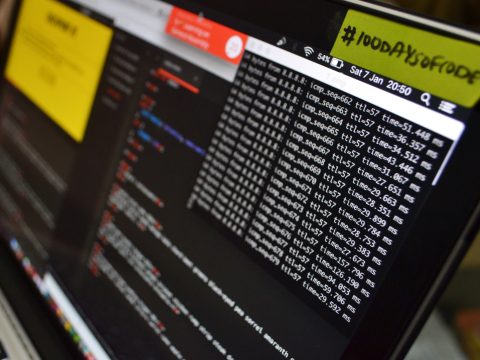blog
Webinar Replay: How to Migrate to Galera Cluster for MySQL & MariaDB

Watch the replay of this webinar with Severalnines Support Engineer Bart Oles, as he walks us through what you need to know in order to migrate from standalone or a master-slave MySQL/MariaDB setup to Galera Cluster.
When considering such a migration, plenty of questions typically come up, such as: how do we migrate? Does the schema or application change? What are the limitations? Can a migration be done online, without service interruption? What are the potential risks?
Galera Cluster has become a mainstream option for high availability MySQL and MariaDB. And though it is now known as a credible replacement for traditional MySQL master-slave architectures, it is not a drop-in replacement.
It has some characteristics that make it unsuitable for certain use cases, however, most applications can still be adapted to run on it.
The benefits are clear: multi-master InnoDB setup with built-in failover and read scalability.
Check out this walk-through on how to migrate to Galera Cluster for MySQL and MariaDB.
Watch the replay and browse through the slides!
Agenda
- Application use cases for Galera
- Schema design
- Events and Triggers
- Query design
- Migrating the schema
- Load balancer and VIP
- Loading initial data into the cluster
- Limitations:
- Cluster technology
- Application vendor support
- Performing Online Migration to Galera
- Operational management checklist
- Belts and suspenders: Plan B
- Demo

Speaker
Bartlomiej Oles is a former Support Engineer for Severalnines. He is a MySQL and Oracle DBA, with over 15 years experience in managing highly available production systems at IBM, Nordea Bank, Acxiom, Lufthansa, and other Fortune 500 companies. In the past five years, his focus has been on building and applying automation tools to manage multi-datacenter database environments.




